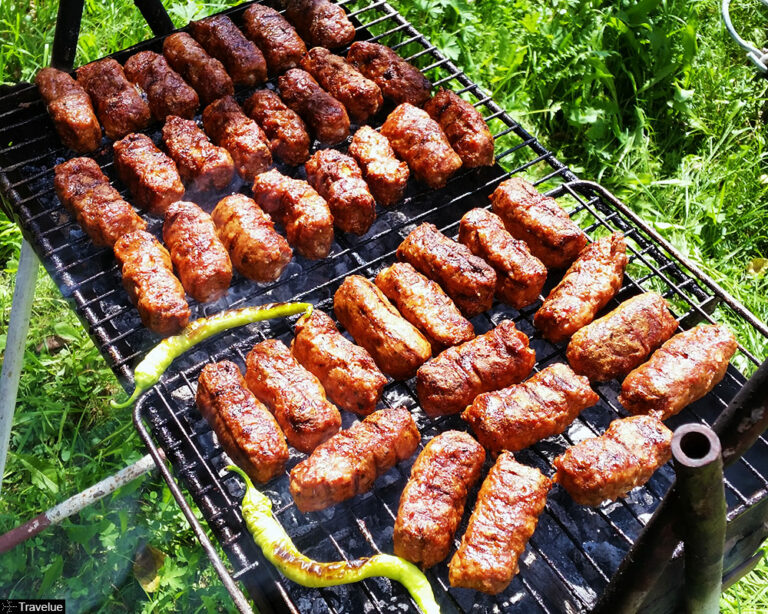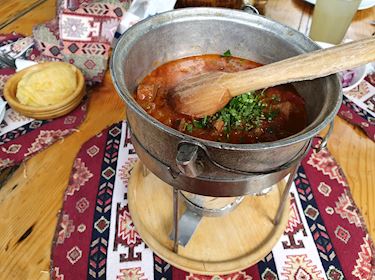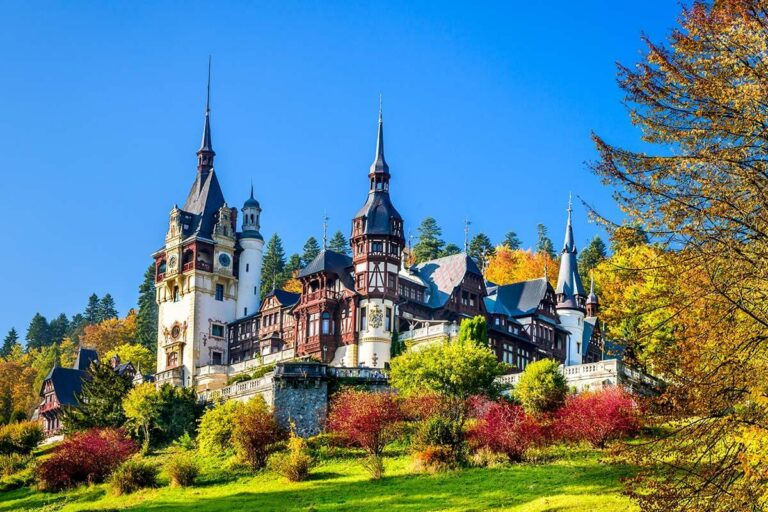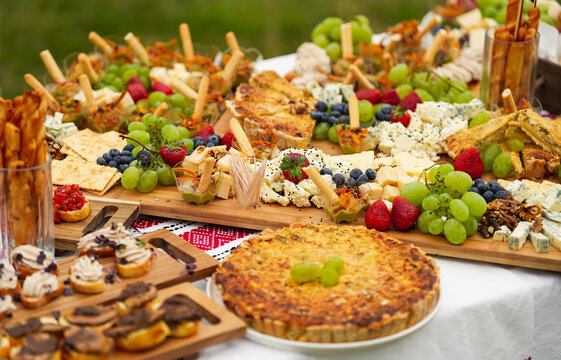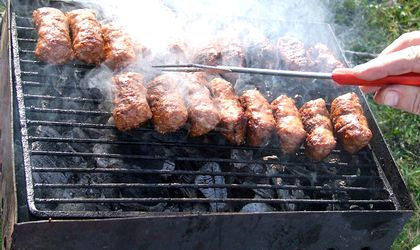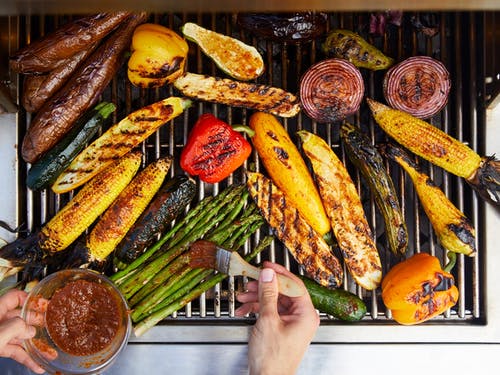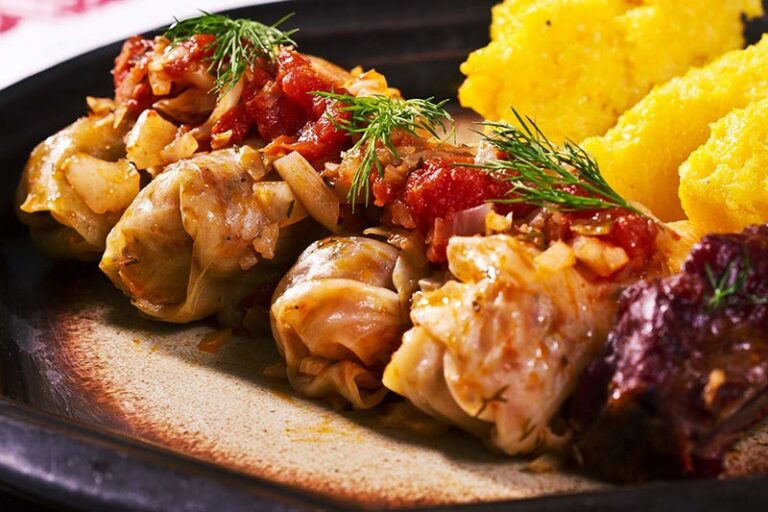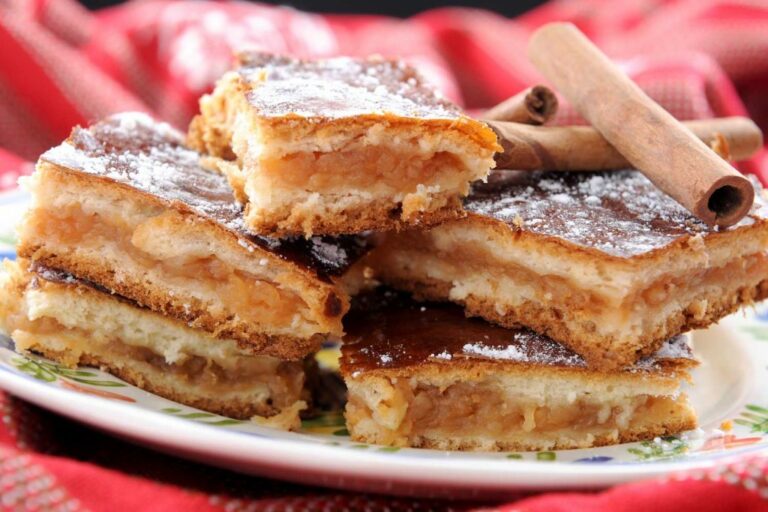Introduction: Romanian cuisine and meat dishes
Romanian cuisine is known for its hearty and flavorful dishes, with meat playing a prominent role in many traditional recipes. The cuisine draws from a variety of influences, including Turkish, Hungarian, and German, resulting in a unique blend of flavors and cooking techniques.
Meat dishes are a staple in Romanian cuisine, with pork being the most commonly used meat. However, beef, chicken, and lamb are also popular choices. Let’s take a closer look at some of the most popular meat dishes in Romanian cuisine.
Traditional Romanian meat dishes: a brief overview
Romanian meat dishes often feature slow-cooked meats, stews, and casseroles, with hearty flavors and rich sauces. Traditional dishes are often served with polenta, mămăligă, or bread, and are accompanied by pickles and sour cream.
Some of the most popular meat dishes in Romanian cuisine include sarmale, mici, tochitura, and pui cu smantana. These dishes vary by region and are often associated with specific areas of the country.
Sarmale: the most popular meat dish in Romania
Sarmale is considered by many to be the national dish of Romania. The dish consists of minced pork or beef mixed with rice and spices, which is then wrapped in pickled cabbage leaves and slow-cooked in a tomato-based sauce. Sarmale is typically served with polenta and sour cream, and is often accompanied by pickled vegetables.
Mici: the Romanian version of meatballs
Mici, also known as mititei, are a popular street food in Romania. These small grilled sausages are made from a mixture of minced beef and pork, mixed with garlic, paprika, and other spices. Mici are typically served with mustard and bread, and are a favorite during summer barbecues and festivals.
Tochitura: a hearty meat stew from Moldova
Tochitura is a traditional dish from the Moldovan region of Romania. This hearty stew features pork, bacon, and sausages, which are slow-cooked in a tomato-based sauce with onions and spices. Tochitura is typically served with polenta and pickled vegetables.
Pui cu smantana: a creamy chicken dish from Transylvania
Pui cu smantana is a popular chicken dish from Transylvania. The dish features chicken pieces cooked in a creamy sauce made from sour cream, onions, and paprika. Pui cu smantana is typically served with polenta or mashed potatoes, and is a comforting and satisfying meal.
In conclusion, Romanian cuisine is heavily influenced by meat dishes, with pork being the most commonly used meat. Sarmale, mici, tochitura, and pui cu smantana are just a few examples of the many flavorful and hearty meat dishes that can be found in Romanian cuisine.

